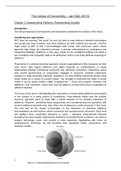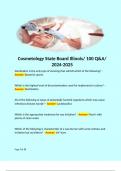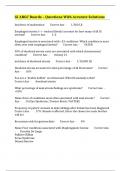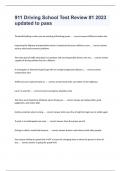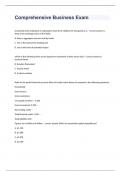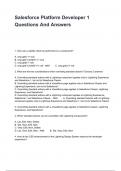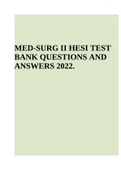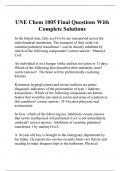Samenvatting
Samenvatting teksten Digital Marketing Industries (DMI)
- Instelling
- Vrije Universiteit Brussel (VUB)
Een samenvatting in doorlopende tekst van alle te kennen teksten voor Digital Marketing Industries (DMI) van prof. Nanouk Verhulst. Samengevatte teksten: - 2A: The Culture of Connectivity – van Dijck (2013), Chapter 2 - 2B: Big Data: A Revolution That Will Transform How We Live, Work & Think...
[Meer zien]
